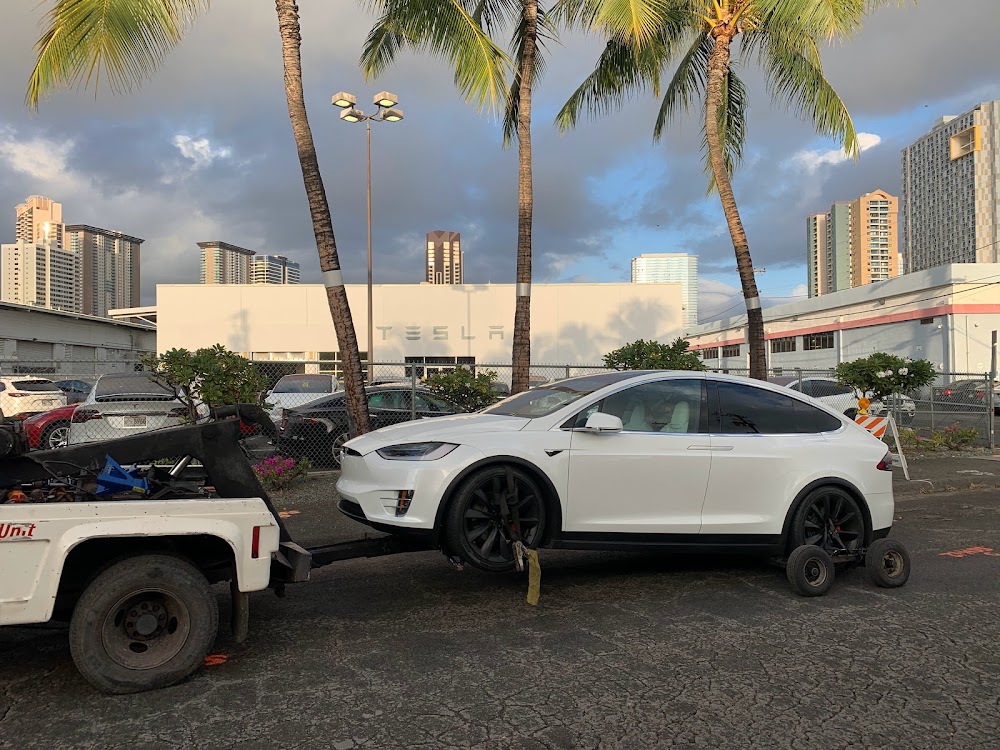Enhancing operational efficiency, ensuring vehicle and driver safety, and maximising profitability are among fleet managers’ greatest responsibilities. However, given fleet managers’ busy schedules, doing this can be easier said than done. This mammoth task is made easier with a comprehensive fleet tracking checklist and by leveraging advanced analytics for better decision-making.
By streamlining their operations and achieving optimal fleet performance, managers can ensure a safe environment for drivers, safer vehicles, and compliance adherence that can help them to avoid penalties, fines, and potentially even accidents. The following fleet tracking checklist covers GPS tracking technologies, effective fuel management strategies, regular vehicle maintenance schedules, and driver safety programmes.
GPS Tracking
Utilise AI-powered 4G dash cams and other technologies, software, and apps that use GPS to track and record driver and vehicle behaviour. A fleet manager’s GPS tracking checklist should include:
- Movement tracking: Track vehicle movements and check for ways to optimise routes.
- Driver behaviour tracking: Monitor driver and score driver behaviour using KPIs such as acceleration, braking, cornering, idling, and speeding to make it easier to correct negative behaviours before they potentially cause damage to vehicles.
- Maintenance tracking: Leverage tracking software and apps to track vehicle maintenance and repairs.
Effective Fuel Management
An effective fuel management strategy incorporates various approaches, such as improving driver performance and optimised route planning:
- Use dash cams to improve driver performance: Poor driving techniques such as speeding, braking harshly, or idling can negatively impact fuel consumption. Use dash cams to monitor driver behaviour, alert drivers of those behaviours, and offer driver coaching to help them improve their performance.
- Use GPS to track and optimise routes for better fuel efficiency: 4G dash cams track routes for optimisation purposes, enabling drivers to avoid unsuitable routes with areas such as low bridges and sharp bends, and to find shorter, less congested routes.
- Enhance fuel efficiency through regular maintenance: Use Crystal Ball’s AI-powered dash cams’ checklists to stay on top of maintenance, which can enhance vehicles’ fuel efficiency.
Regular Vehicle Maintenance
Regular vehicle maintenance checks help fleet managers to address potential issues before they become problems. By keeping vehicles in good condition, managers will not only enhance fuel efficiency but also ensure compliance with updated standards and regulations and improve driver safety. 4G dash cams’ apps provide regular and periodic maintenance checklists reminding managers to complete tasks such as:
- Check air conditioning
- Inspect air filters
- Check coolant levels
- Check engine oil levels
- Inspect exterior lights
- Check tyre pressure
- Check windshield wash fluid level
- Inspect windshield wipers
- Inspect rims and wheels for damage
- Check automatic transmission fluid and mounts
- Inspect battery cables and terminals
- Inspect vehicle body for damage
Driver Safety Programs
Using AI-powered 4G dash cams with behaviour recognition enables fleet managers to assess drivers’ driving practices and to develop or find driver safety programs that are relevant and effective. The driver safety program checklist should include:
- Educate drivers on fatigue risk and on managing fatigue and distracted driving.
- Ensure driver schedules include time for breaks/rest.
- Educate drivers on company/fleet safety policies.
- Provide practical training on specialised equipment and vehicles for new drivers.
- Ensure new employees are fully trained within a specified timeframe.
- Ensure training resources and programs are kept up to date.
- Ensure drivers are alerted to every instance of dangerous behaviour and coached on the correct safety practise. As the dash cam sends an alert to a fleet manager when an infraction occurs, they have access to the information in real-time as if they were sitting in the vehicle themselves.
Working through this checklist regularly can help fleet managers accomplish important tasks methodically and utilise artificial intelligence and analytics to make important decisions that result in enhanced safety, compliance, and profitability.










